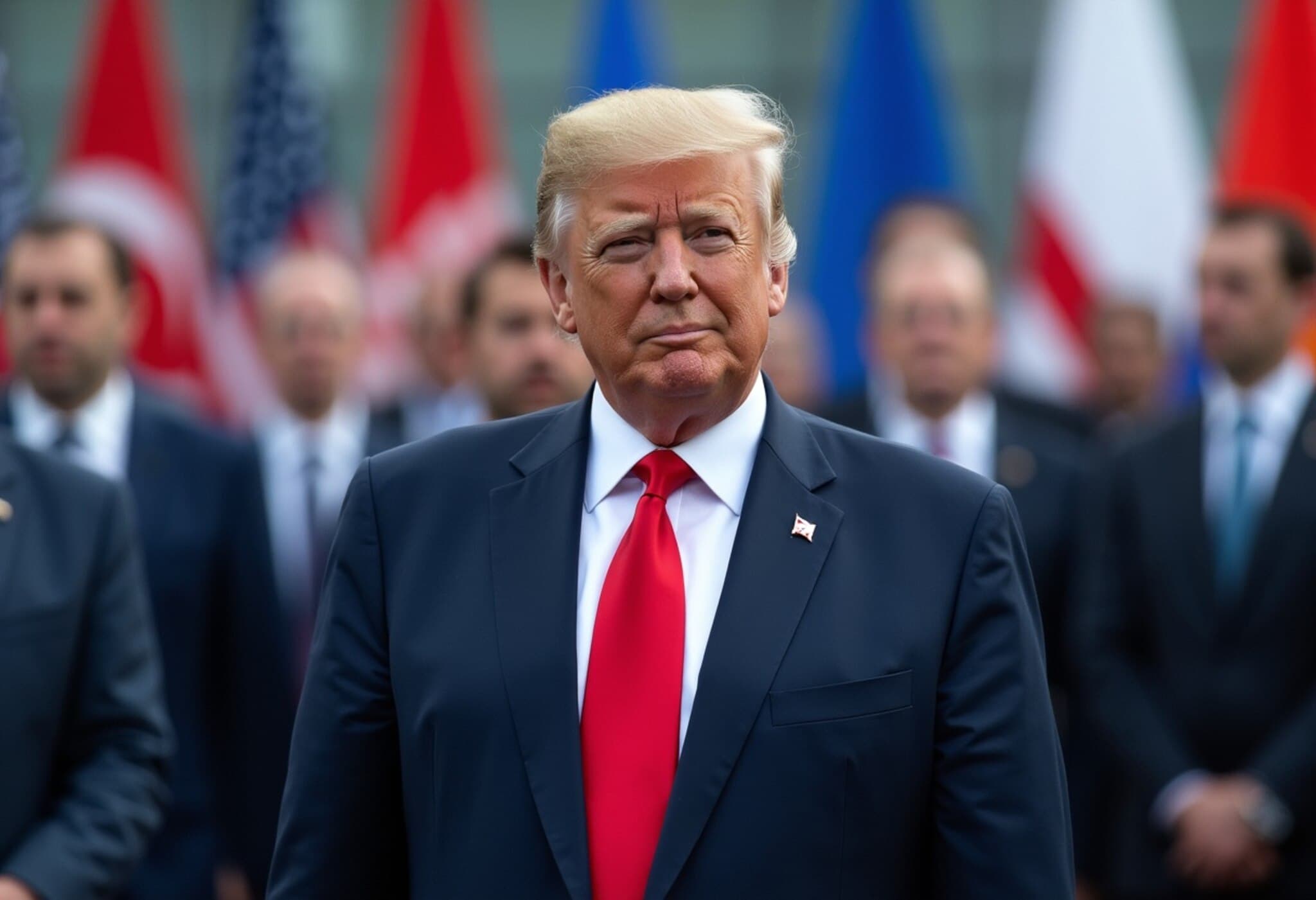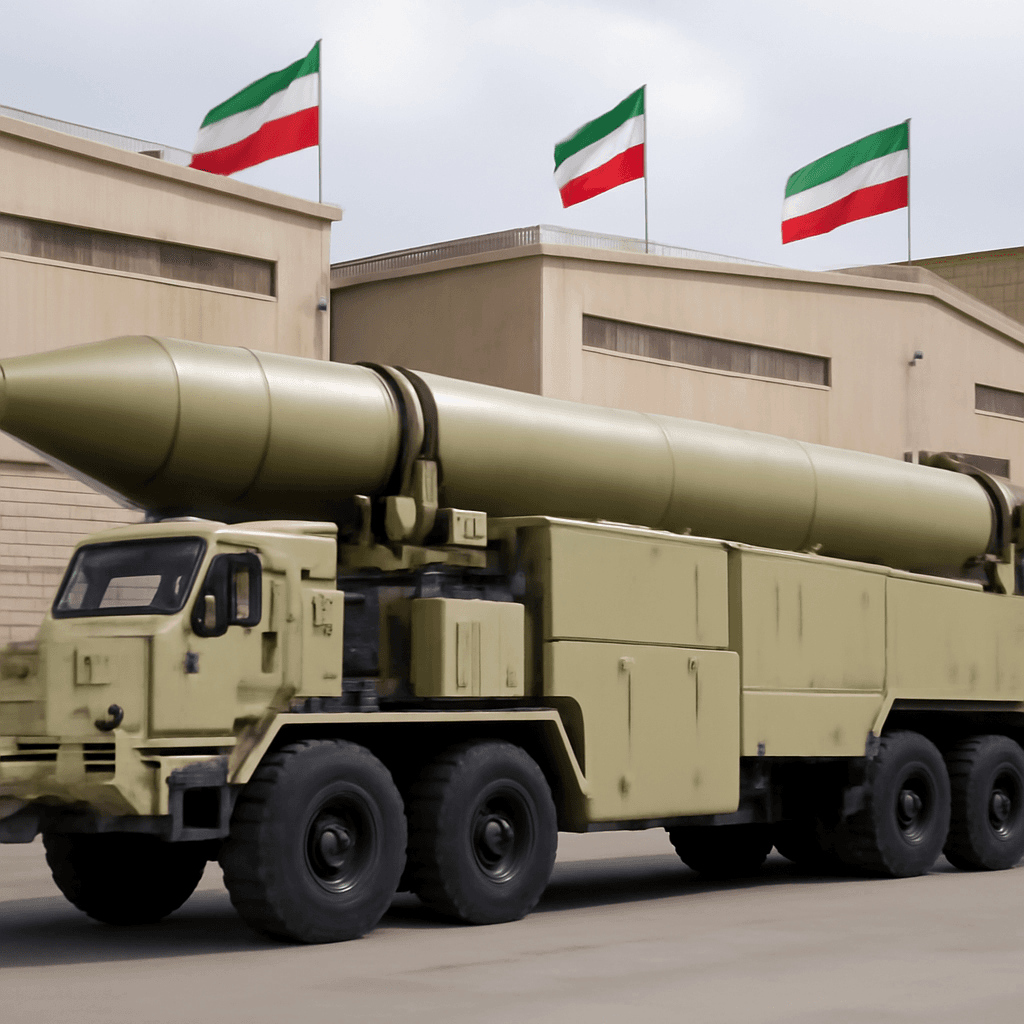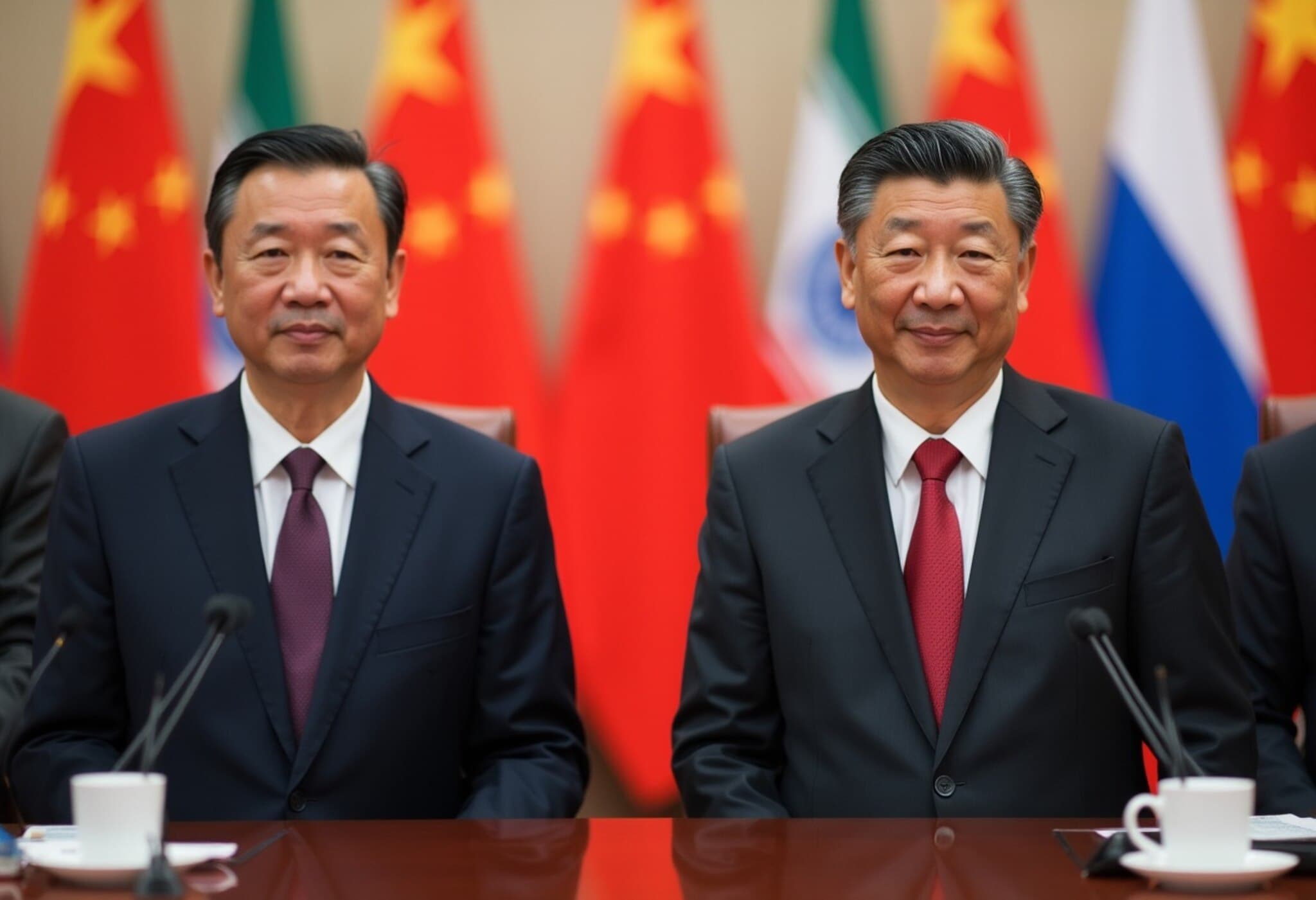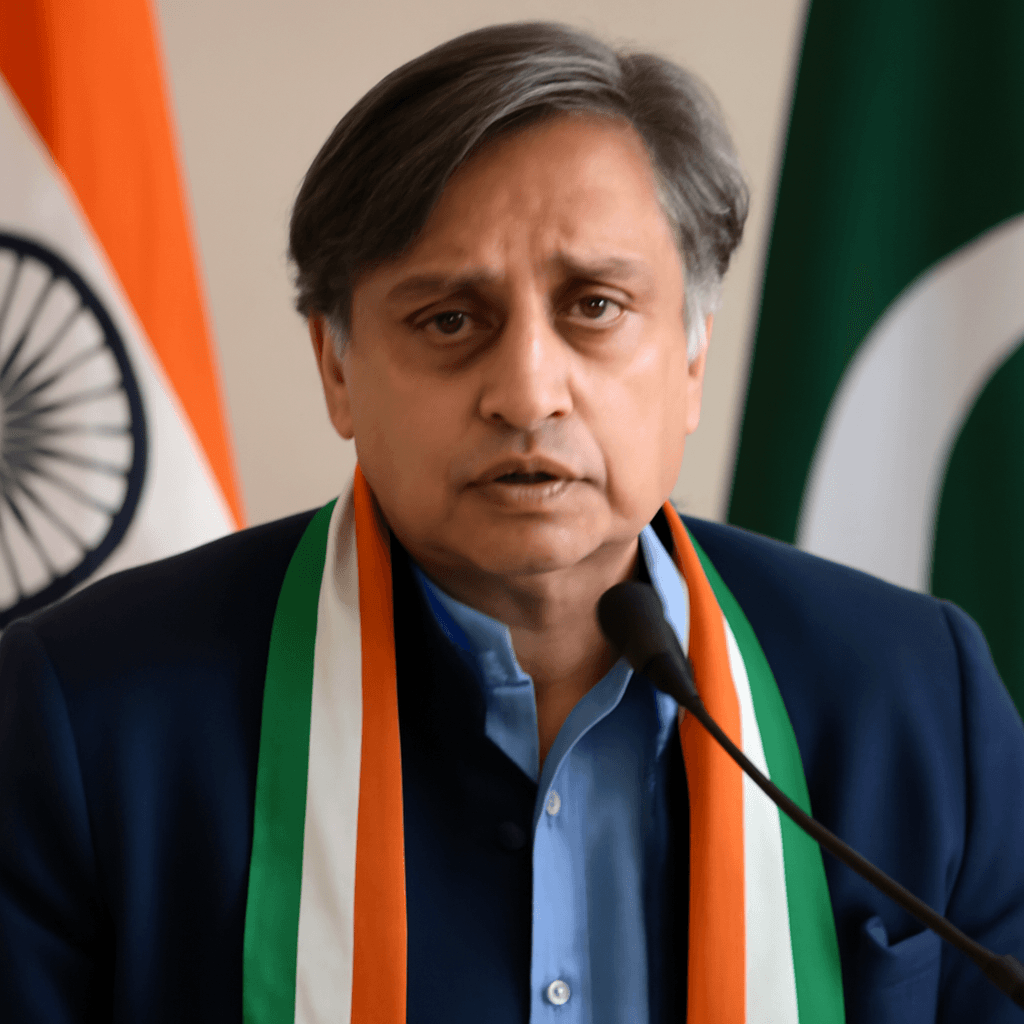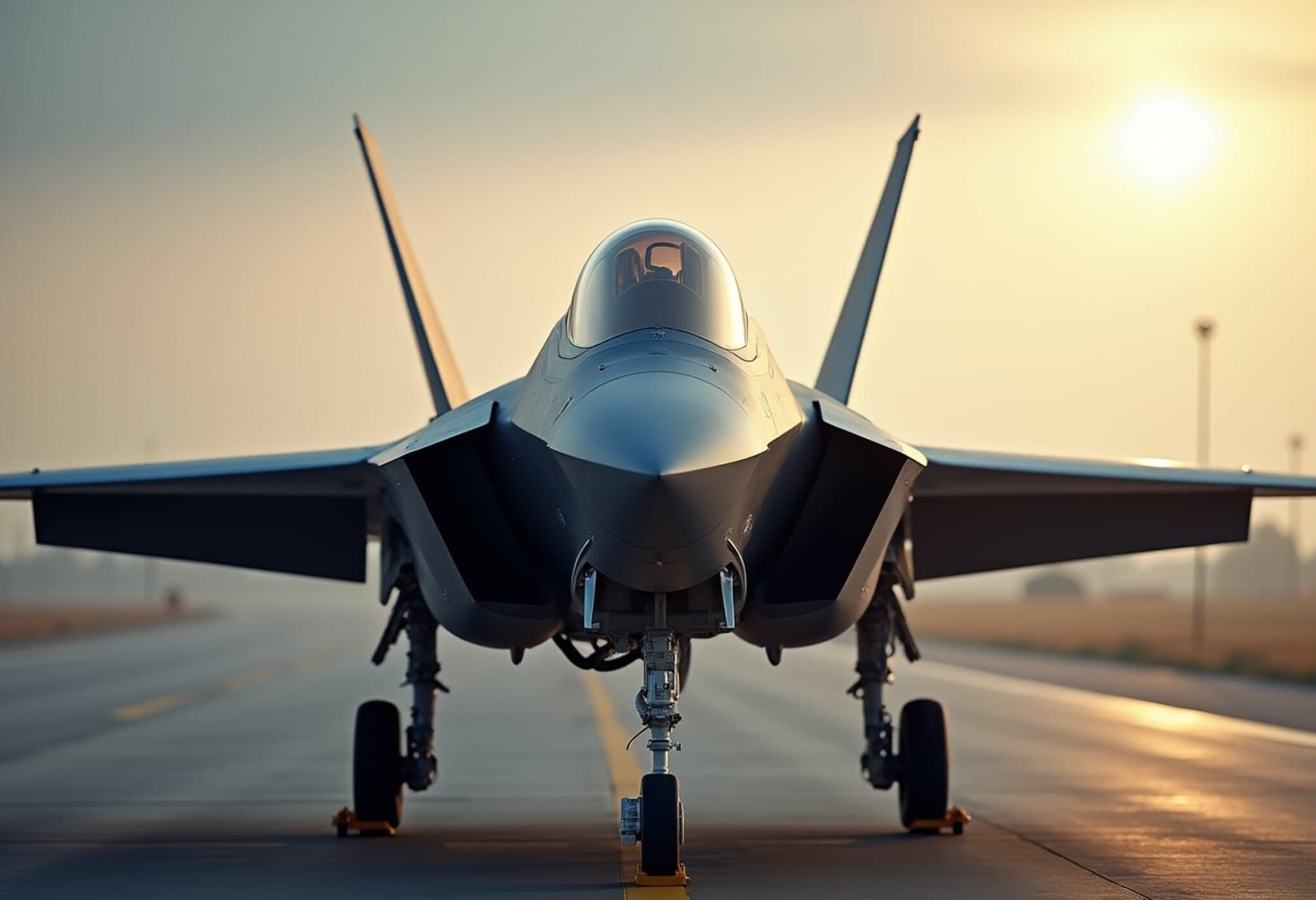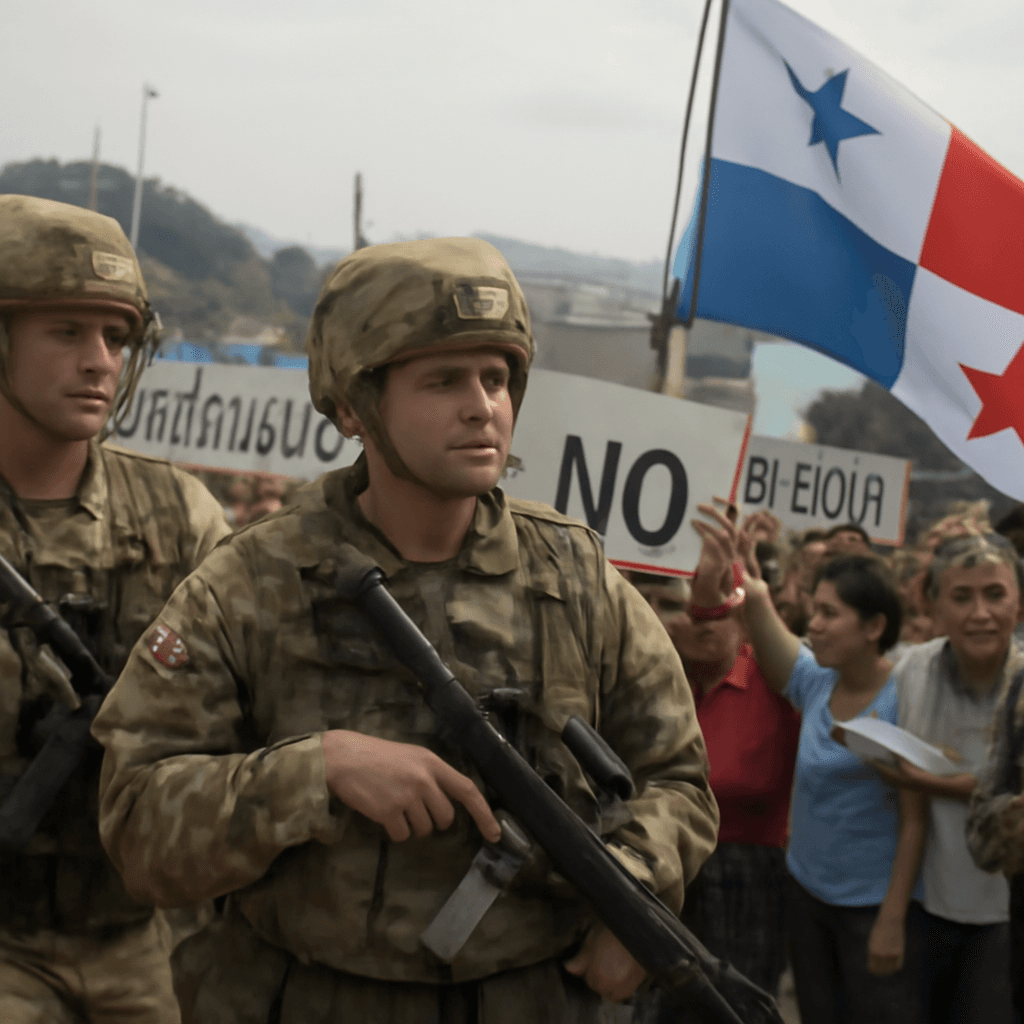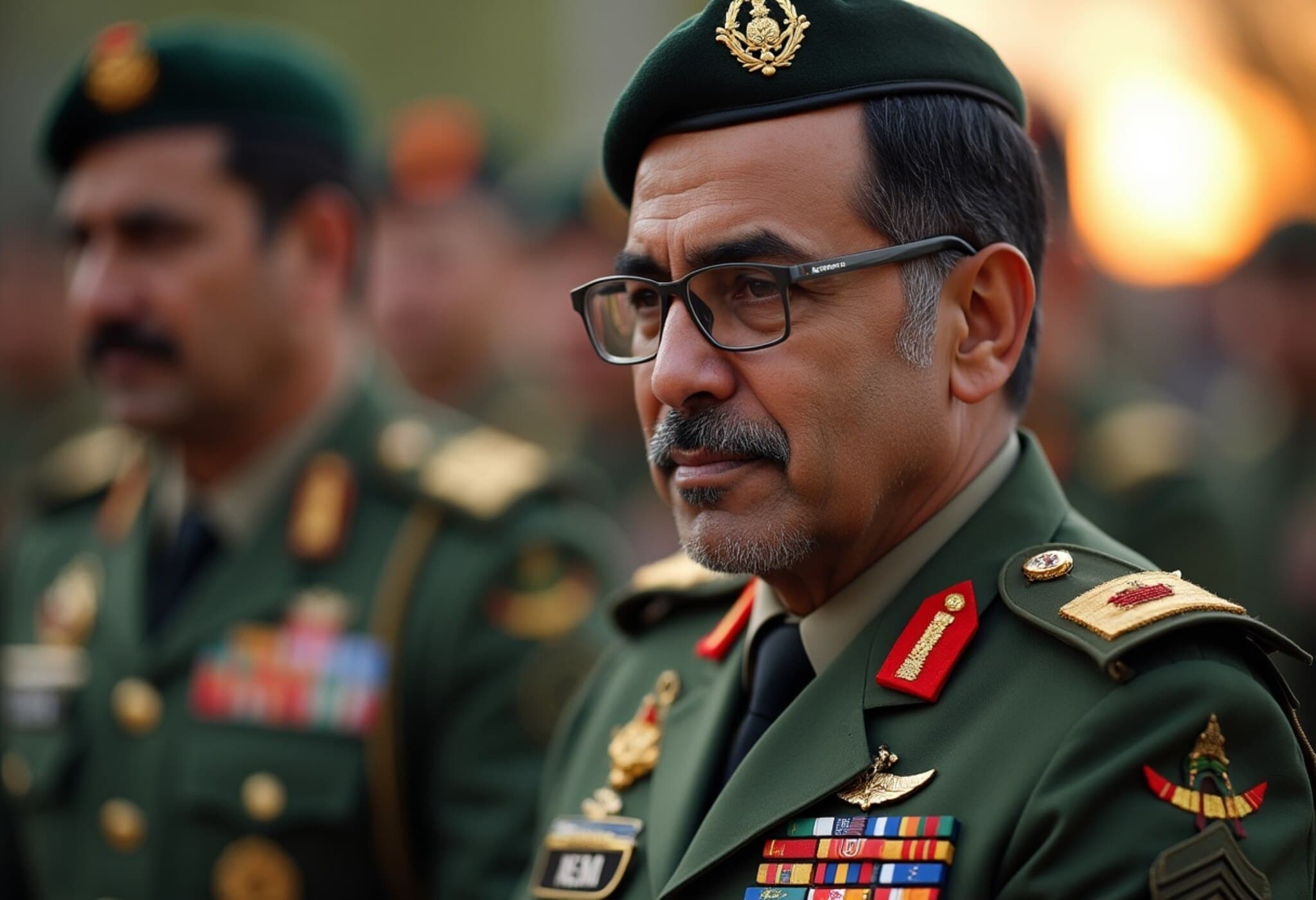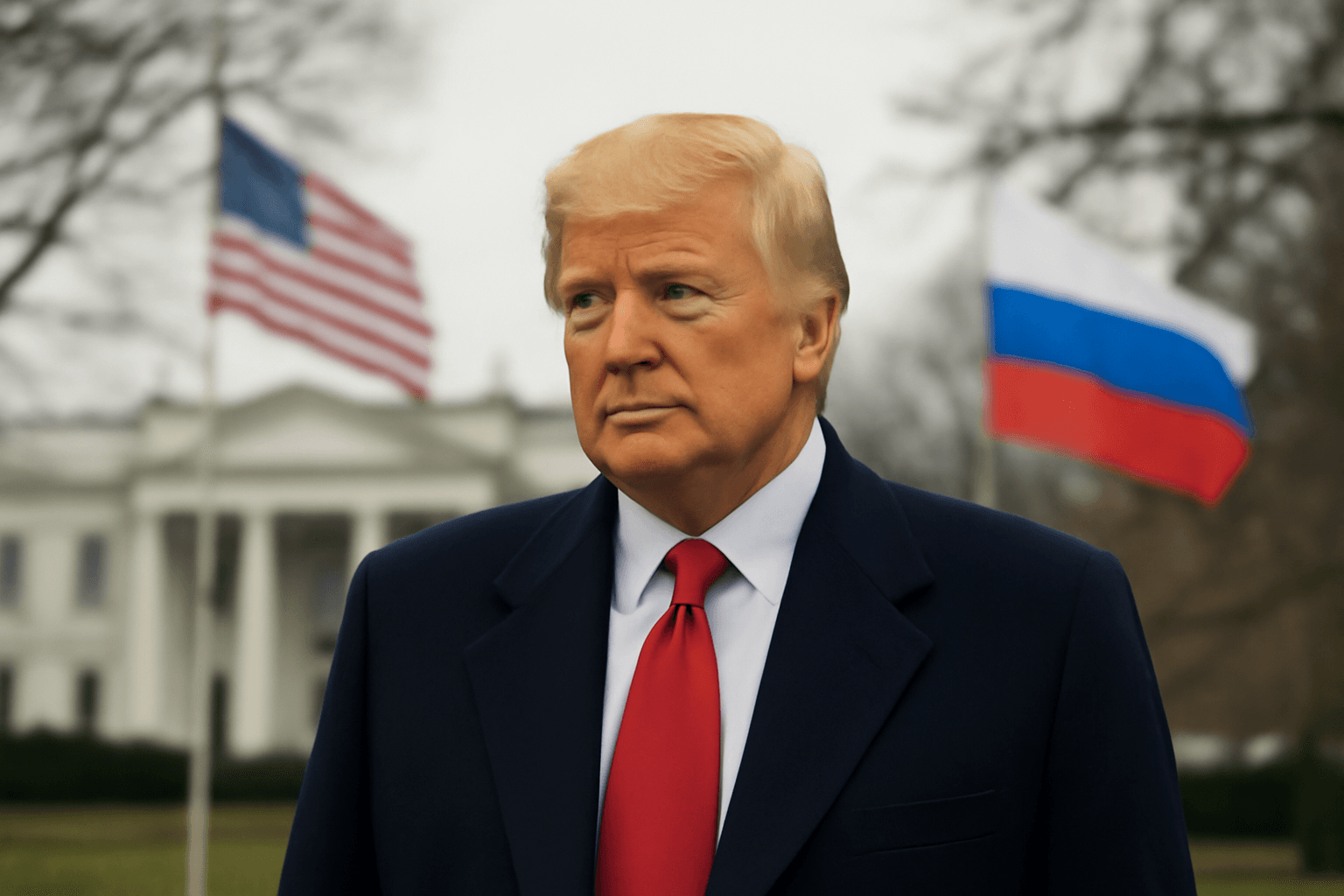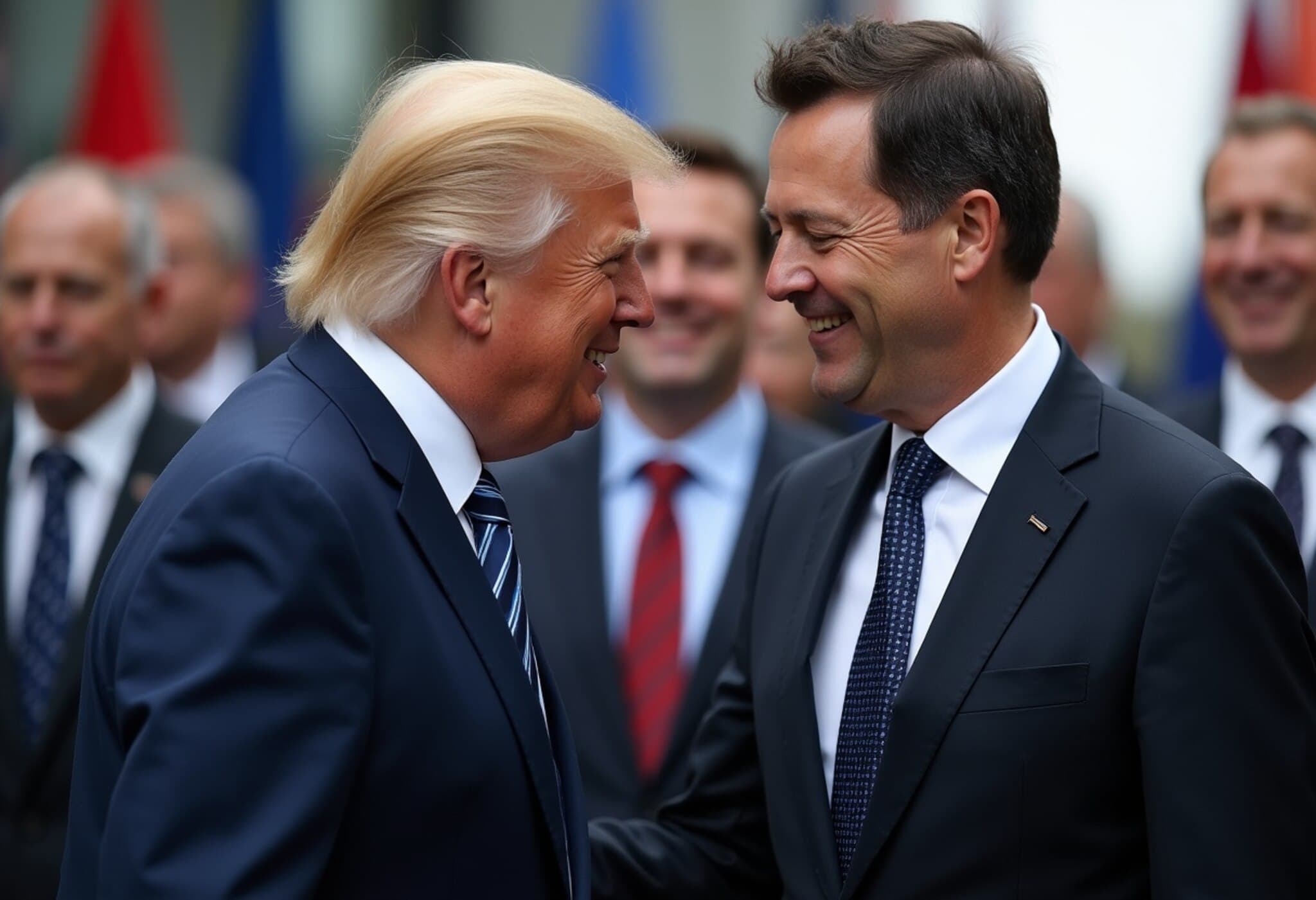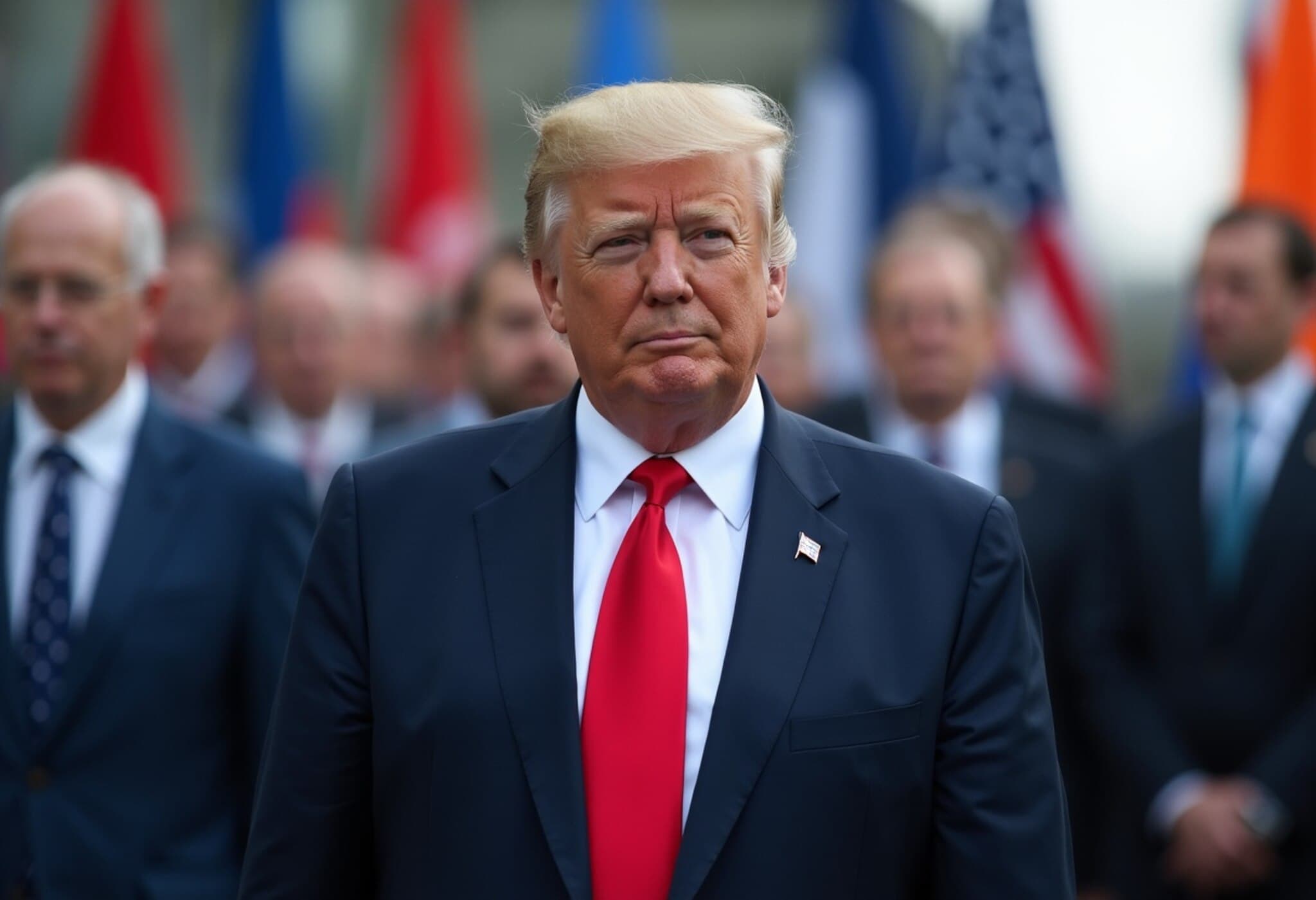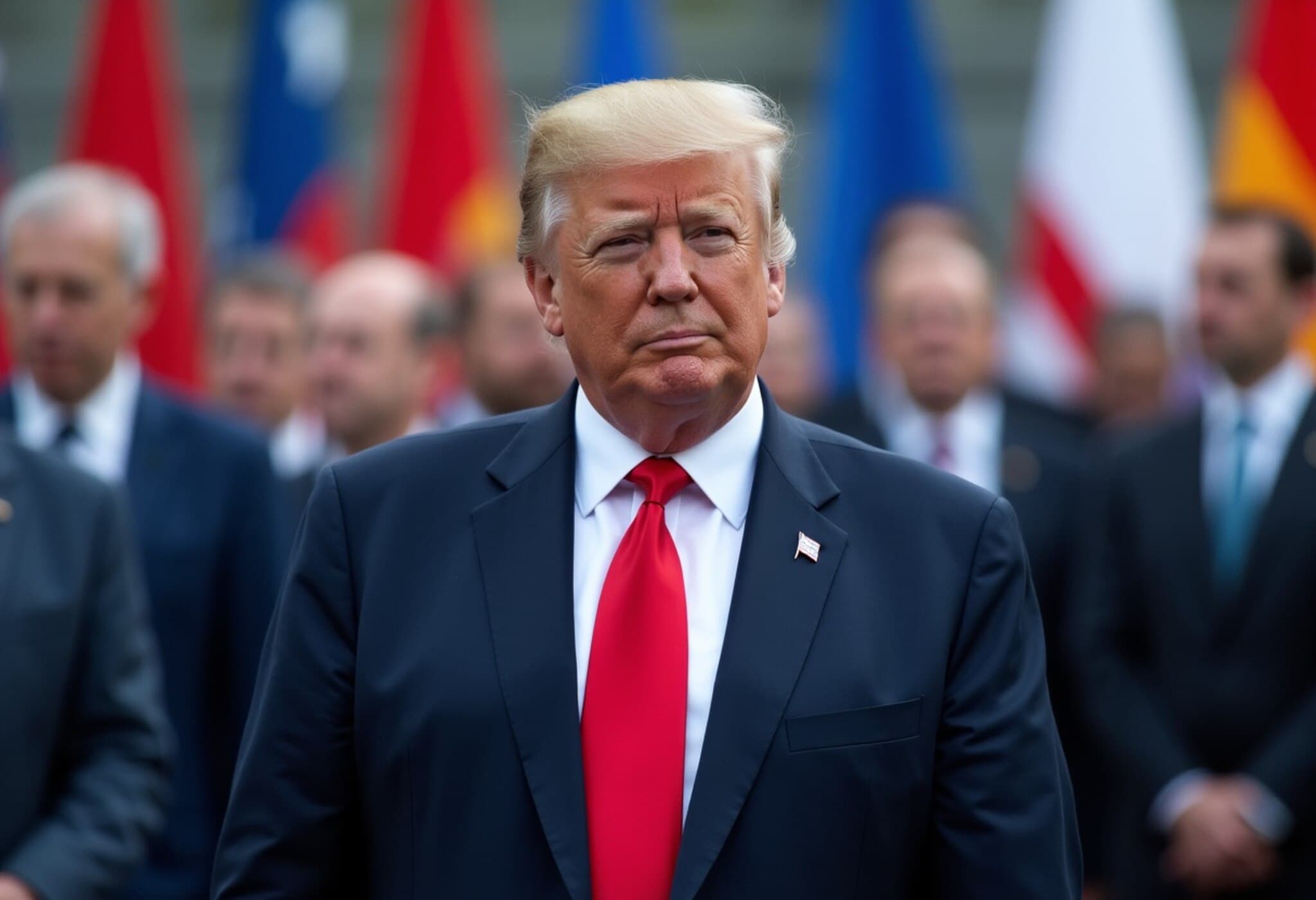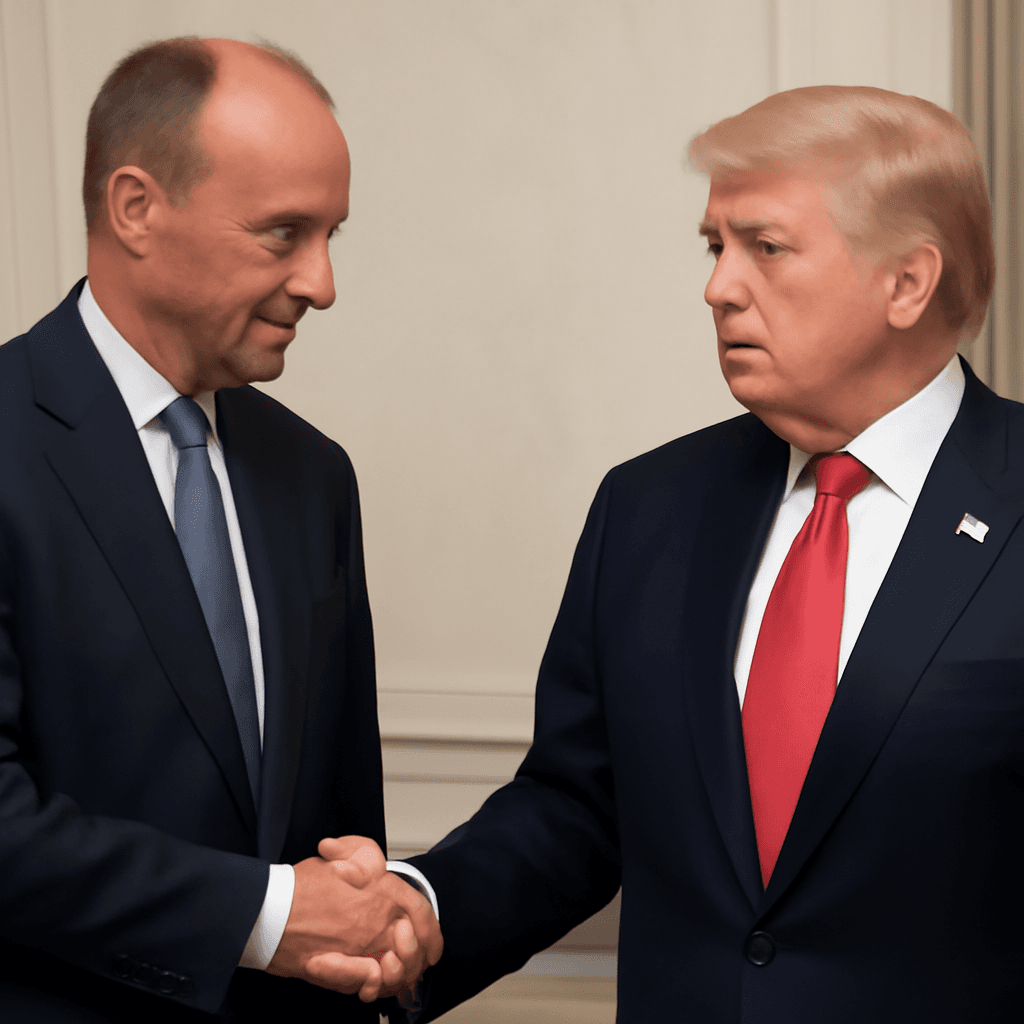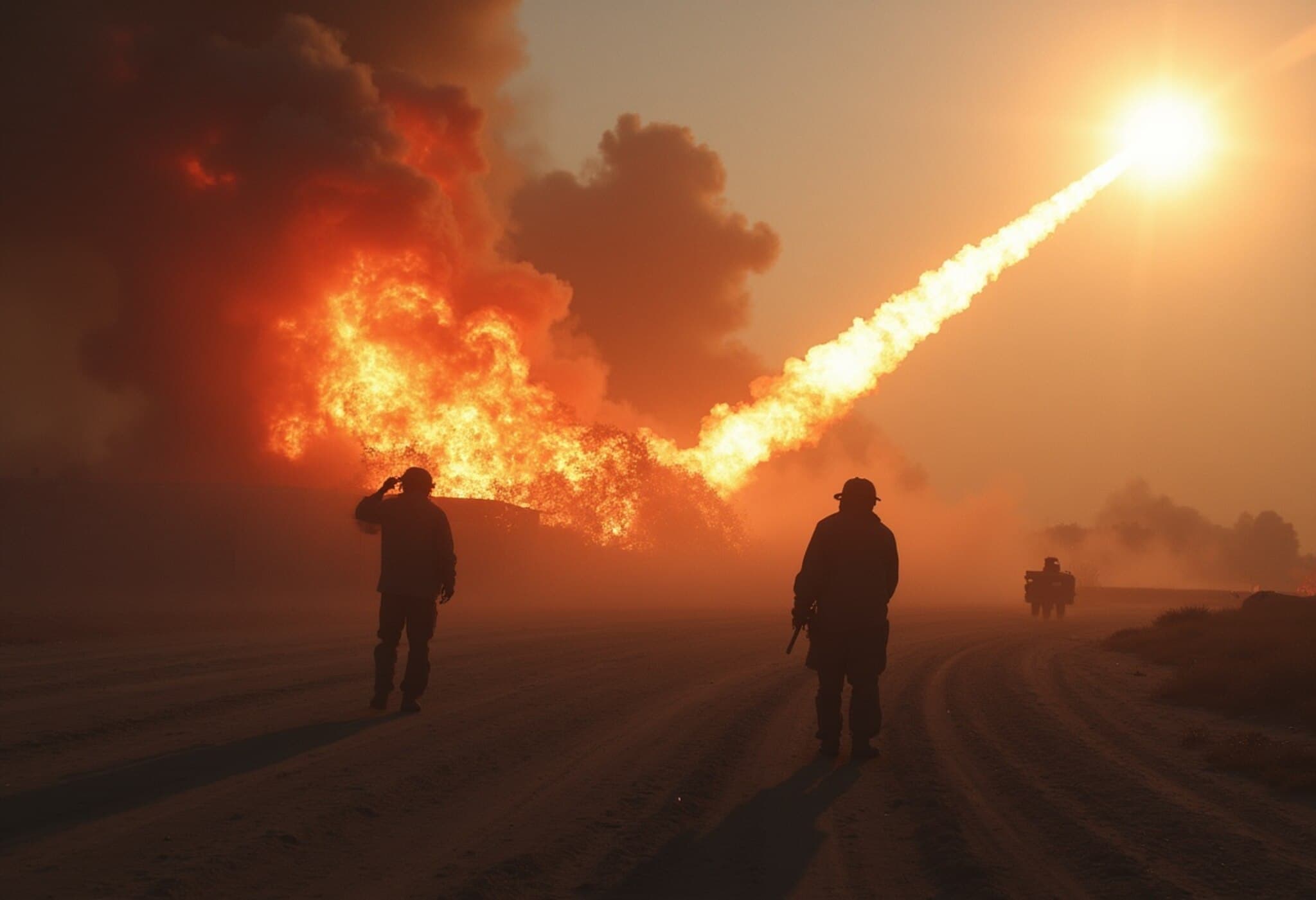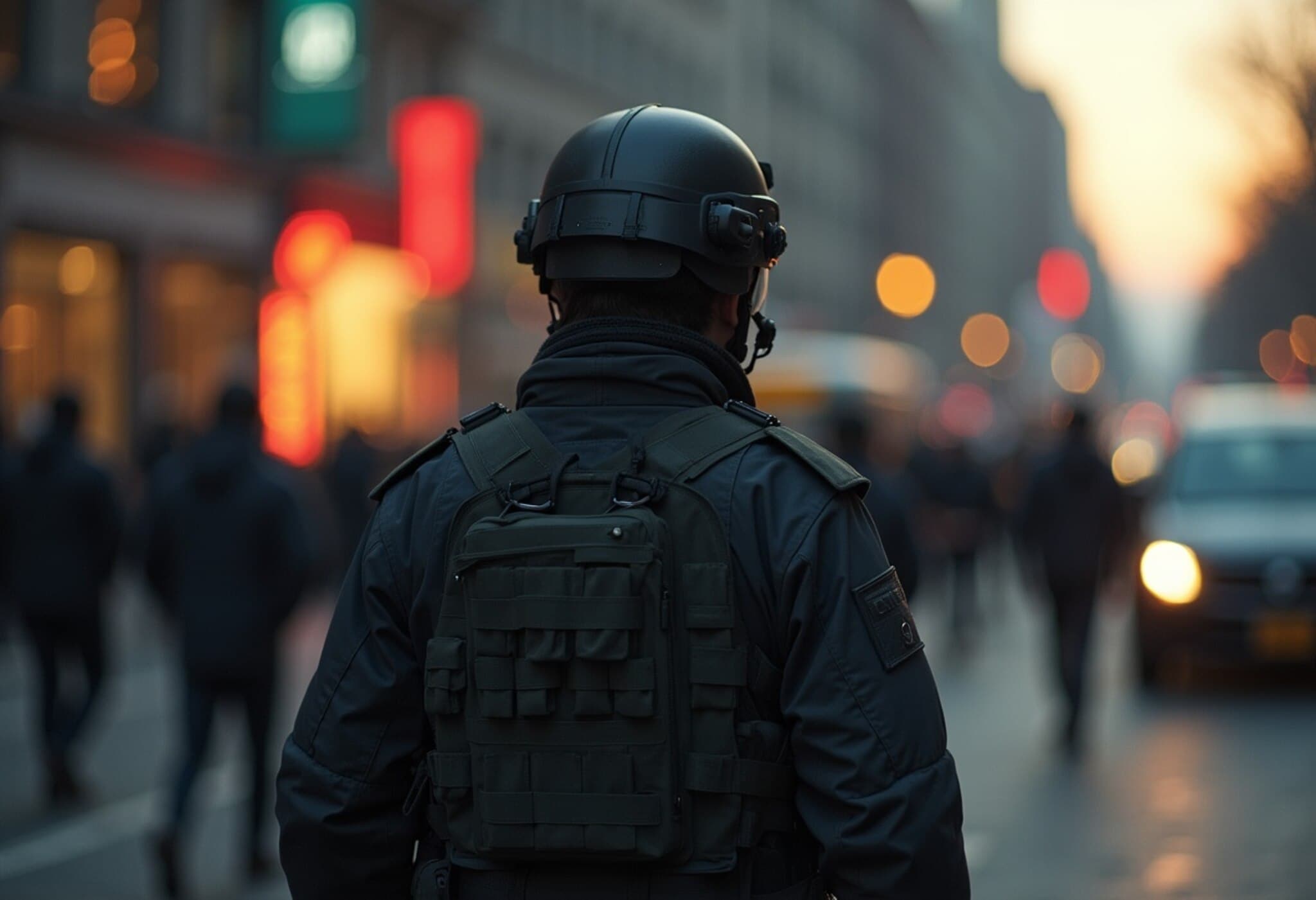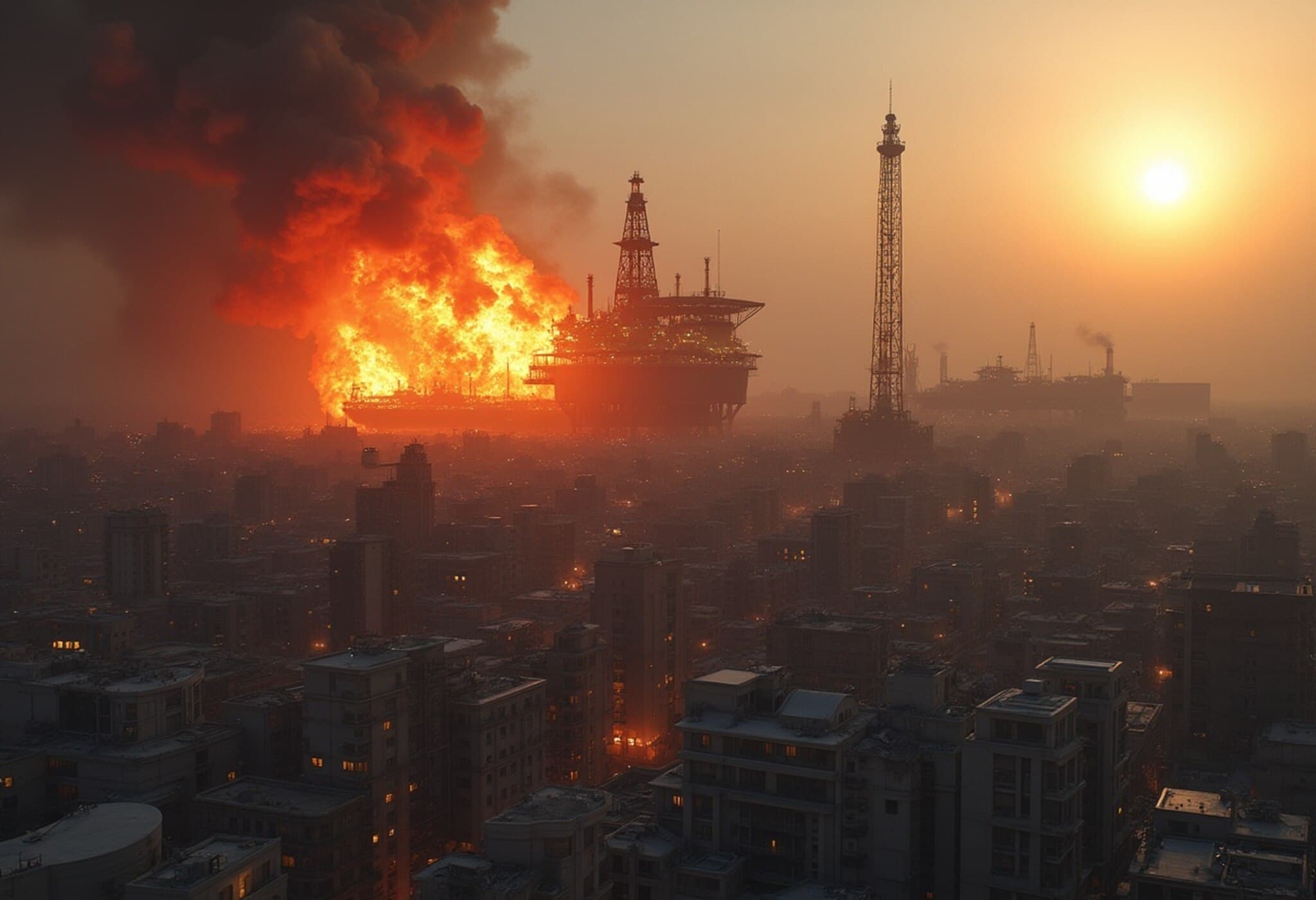NATO Summit in The Hague: Trump’s Bold Defense Spending Push
This week, leaders of the NATO alliance converge in The Hague to address the future of their collective security amid rising geopolitical tensions. At the heart of the two-day summit lies a sweeping proposal championed by US President Donald Trump: a significant boost in defense spending from the current 2% to an ambitious 5% of GDP.
New Spending Targets and Underlying Tensions
The proposed spending hike would allocate 3.5% of GDP to core defense efforts — including weapons and troops — while dedicating an additional 1.5% toward vital security infrastructure like fortified roads, ports, cyber defenses, and pipeline protection. This phased increase over the next decade is expected to funnel hundreds of billions more dollars into NATO's military and security capabilities.
Last year, NATO members collectively spent around 2.6% of their combined GDP on core defense, amounting to approximately $1.3 trillion. The United States accounted for the lion’s share, investing nearly $818 billion.
European Resistance and Political Underpinnings
While many European leaders recognize the need for increased defense budgets, they advocate a gradual approach to avoid destabilizing current military readiness. Spain, for example, stirred debate by refusing to commit to the new 5% spending target despite endorsing the summit's statement.
European officials remain concerned that too rapid a ramp-up could create vulnerabilities, especially with ongoing security threats from Russia. They aim to reassure the US — mindful of President Trump's warnings about cutting support for allies who fall short on spending — but also seek to maintain strategic balance.
A Delicate Summit Overshadowed by Middle East Instability
The summit’s dynamics are further complicated by recent US military strikes on Iranian nuclear facilities, injecting a new layer of unpredictability. The possibility of Iranian retaliation could heighten tensions and influence discussions in ways NATO leaders had not anticipated.
Moreover, Ukrainian President's participation is limited to a pre-summit dinner, reflecting his strained rapport with Trump and spotlighting the ongoing complexities surrounding the Russia-Ukraine conflict.
Trying to Keep Unity Amid Divergent Views
The official summit statement is expected to be succinct, emphasizing NATO's unwavering commitment to collective defense as articulated in Article 5 of the Washington Treaty: "an attack on one is an attack on all." Yet, sensitive topics such as comprehensive approaches to Russia and Ukraine face deliberate scaling back to avoid fracturing the alliance.
While European nations view Russia as an escalating threat, Trump has expressed interest in improving economic ties with Moscow, sparking apprehension among allies wary of emboldening Russian military capabilities.
Looking Ahead: A Summit with High Stakes
As NATO members grapple with internal disagreements and external pressures, the summit’s outcomes could redefine the alliance’s strategic direction for years to come. Balancing increased defense commitments, managing complex diplomatic relationships, and responding to volatile Middle East developments will test NATO’s cohesion and resolve.

